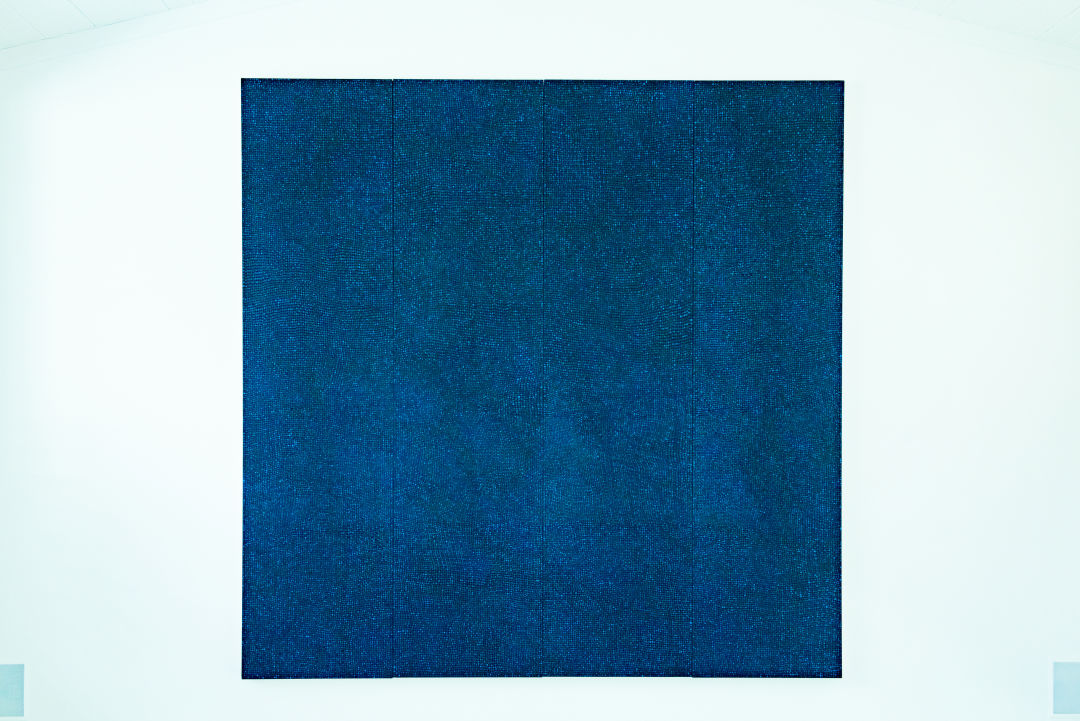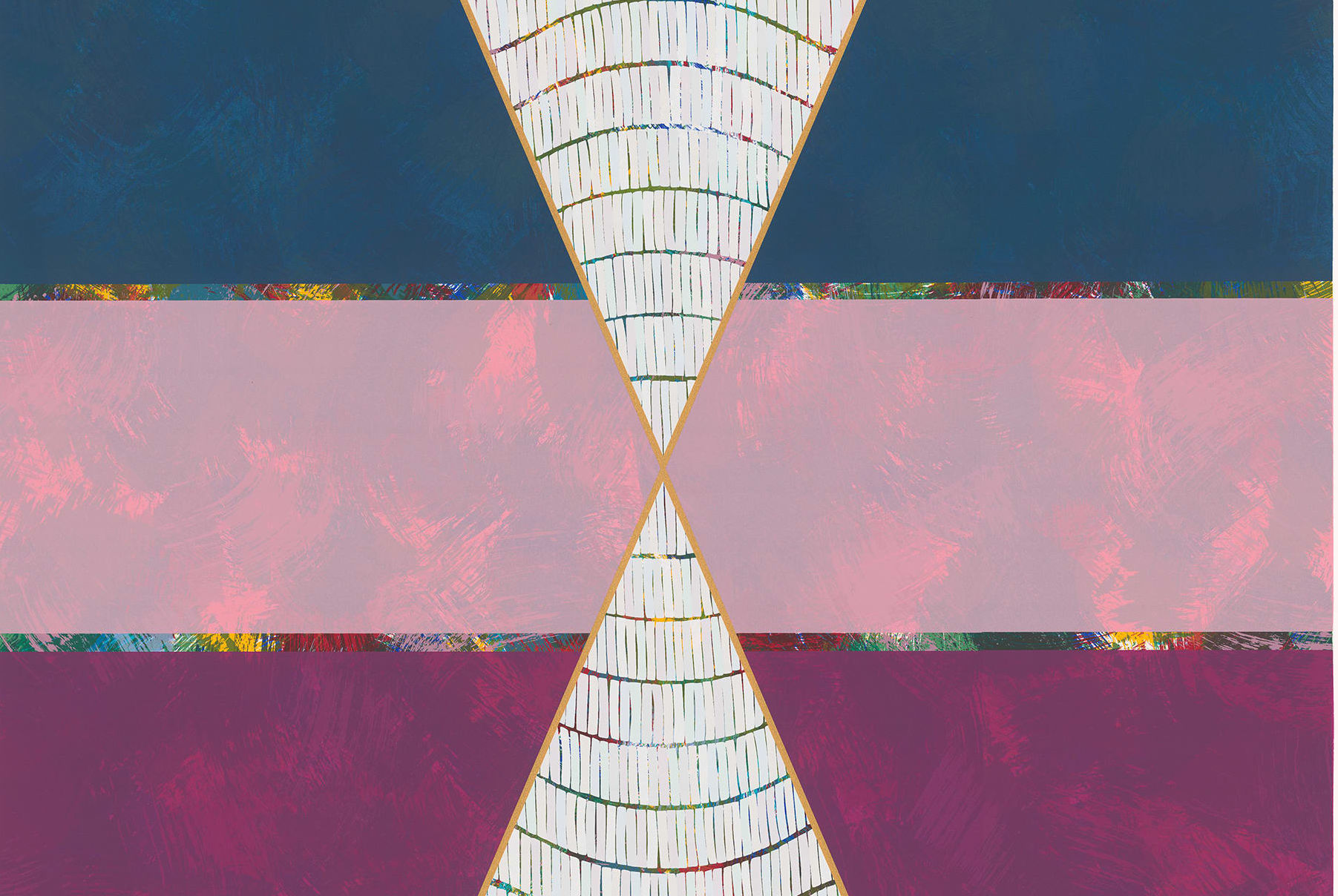The Ringling Opens Two New Shows Focused on Contemporary Art

Teo Gonzalez, Untitled #406, 2006. Promised gift of Keith D. and Linda L. Monda
Image: Courtesy The Ringling
Two new exhibitions at The John & Mable Ringling Museum of Art reflect the museum’s ongoing commitment to its Art of Our Time initiative, which is bringing the work of modern and contemporary visual artists to the galleries, as well as adding frequent live performances to its calendar.
The first show, Interpolations, opens March 17 and features artworks from The Ringling’s permanent collection of modern art, as well as works from the collection of Sarasotans Keith D. and Linda L. Monda, who have promised to gift a number of pieces from the collection to the museum. Among the works from the Mondas on display in the Searing Galleries: Yayoi Kusama’s Infinity of Dots, a large four-panel painting that immediately grabs the viewer’s attention upon entering the galleries; a Richard Serra print, one that draws you into a sort of black tunnel; and a painting by Teo Gonzalez, a contemporary artist from Spain now based in Brooklyn.
These works are intermingled with pieces from the museum’s vaults that range from the 1800s (Goya’s Disaster of War series) to much closer to our day. Frank Stella, Kathe Kollwitz, Michele Oka Doner, Sol LeWitt, Roy Lichtenstein, Joan Miro, Louise Nevelson, Helen Frankenthaler, Jim Dine and Ellsworth Kelly are all represented.
Meanwhile, in the gallery space bearing the Mondas’ name, Canadian artist Natasha Mazurka is making her solo debut with the show Order Systems. (Both shows are curated by Ola Wlusek, whose position as curator is also endowed by the Mondas.) Mazurka’s works here are presented in different media. Some are in textured vinyl; some are paintings; and some are embossings on parchment paper, a painstaking process that risks tearing the paper if the artist presses too hard.

Natasha Mazurka's Fractal Feeders, 2018. Courtesy of the artist
Image: Courtesy The Ringling
Mazurka was on hand at a media walk-through Thursday morning to discuss her work, some of which was influenced by becoming a new mother three years ago and becoming interested in the technologies surrounding what seems to be a natural thing: breastfeeding. Some of the works bear titles with words like “Feeders” and “Suckers.”
The artist also delves into grids, dots, patterns and even Morse code in some of the works on display, encoding the message “all flesh is weak; all flesh is grass” (referencing both the Bible and Margaret Atwood’s futuristic novel The Handmaid’s Tale) in her largest embossed piece. There are concepts at work here that viewers will more thoroughly appreciate if they peruse the accompanying explanatory text on the gallery walls.
Both exhibitions continue through Sept. 8. For more information, visit ringling.org.



